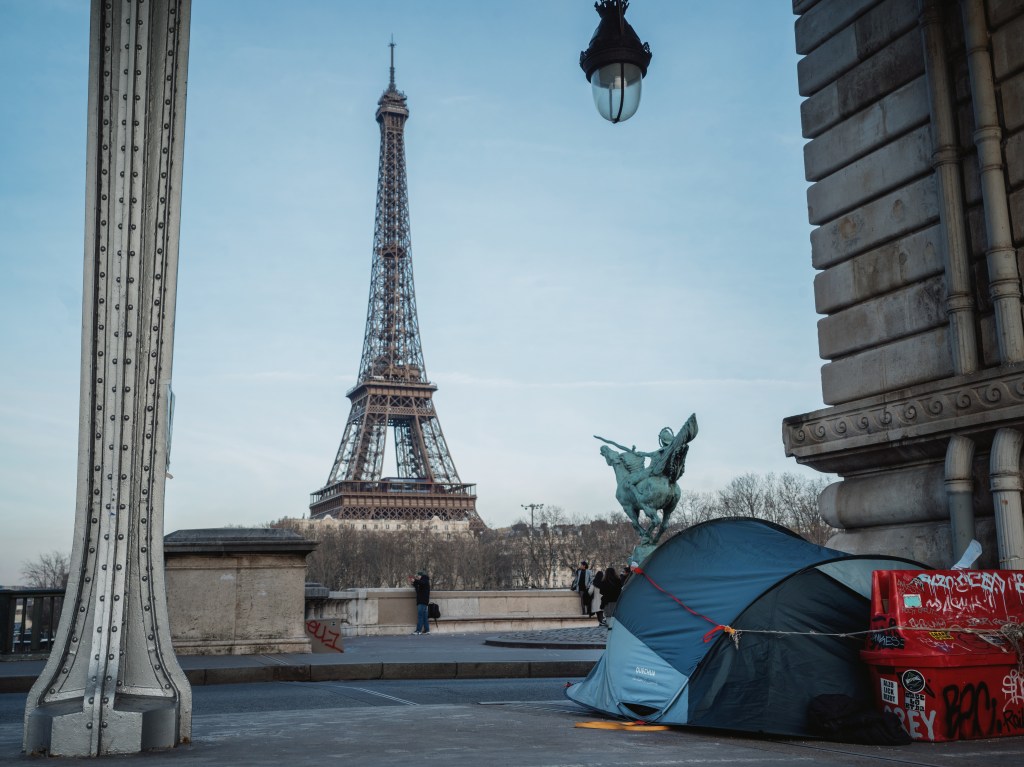At the Royal Calcutta Turf Club, where ghosts of British nabobs look out over the racecourse, my neuroscientist wife spoke to an audience of businessmen in support of Robin Sengupta, a pioneering Newcastle neurosurgeon. He has founded a world-leading Institute of Neurosciences in Kolkata where richer patients subsidise poorer ones. After a morning meeting doctors and patients, he showed us the land where an ambitious new medical school will soon emerge from the rice paddies and crayfish farms.
At the Jaipur Literature Festival, debating innovation with the economist Shailendra Mehta, I told the audience that the job of being the world’s most innovative nation in the decades ahead is vacant and India could apply: America’s slinking behind a tariff wall, Europe’s regulating itself to death, Britain’s deindustrialising fast, Japan’s stagnating and China’s going Ming-Mao dirigiste again. As Dr Mehta reminded me, India was the world’s economic superpower, far more than China and Rome, 2,000 years ago – why not again?
Near Jodhpur in Rajasthan, our naturalist guide, Shakti, showed us a blackbuck ‘lek’, a special spot where smart black and white male antelopes with corkscrew horns gather to compete for the attention of pale does. My new book, Birds, Sex and Beauty, published next month, is mostly about the very similar lek of the black grouse in the Pennines. From blackbuck to blackcock, it’s an enigmatic way of arranging sex.
The last time I was in these parts, in 1982, I was doing a census of a rare bustard, the lesser florican. We found 69 displaying males and urged the government to preserve its grassland breeding habitat. Sadly, the bird flirts with extinction. On one occasion we also saw its much larger cousin, the Great Indian bustard, the third heaviest flying bird. This species is now down to 150 individuals in the wild. The new threat to its survival comes from the blades of wind turbines. Thus wind power may be about to directly achieve something coal, oil and gas never managed: the global extinction in the wild of an entire species. Fortunately, there are about 45 Great Indian bustard in captivity.
Unlike chaotic Kolkata, New Delhi gives the appearance of a wealthy city – its buildings, roads, trees and flowers all bright and fresh. With the expansive Lutyens-Baker layout, it beats even Washington as a successfully custom-built capital. As the great-grandson of Edwin Lutyens, I was fortunate to get a private tour of the Rashtrapati Bhavan, the presidential palace. Perhaps I am biased, but in its scale, style and extraordinary detail (who knew there were so many different ways of making geometric patterns in marble floors?), it is surely more of a masterpiece than Buckingham or Westminster Palaces. And though built in the expectation that the British Empire would endure for centuries, it has nevertheless found a place in the hearts of Indians. After considering turning it into a museum after independence, they have maintained and Indianised it skilfully as the country’s ceremonial centre.
As we arrived, the mounted presidential bodyguard was rehearsing, their maroon turbans, flag-bearing lances and khaki shirts merging East with West, just as Lutyens’s building itself does: a long neoclassical façade of columns but with Jain-temple capitals, shaded by a Mughal chuja, topped with Rajasthani chattris and dominated by a massive Buddhist stupa dome. The sole statue of a Briton that remains in the palace – facing Gandhi – is a bust of Lutyens by Reid Dick, the only copy of which looks down on me in my study as I write this.
We went to dinner with Tejbir and Rahul Singh, two grandsons of the contractor who built much of Delhi, Sir Sobha Singh. Rahul’s father, the politician and historian Khushwant Singh, once told me over lunch in Washington that the English language’s rudest word was much the same in ancient Sanskrit. (I think he made it up.) Over dinner Tejbir’s wife Malvika, the author of New Delhi: Making of a Capital, regaled us with stories of trying to keep Trevor Howard off the vodka (by watering down the bottle) while Howard and Celia Johnson were filming the Paul Scott book Staying On at her house.
On my last day in Delhi, I met ‘The Seeker’, the mysterious figure who did more than anybody to uncover the truth of how Shi Zhengli’s laboratory in Wuhan gathered bat viruses from southern Yunnan and experimented with them. Exactly how the virus leaked from that lab we still don’t know, and he outlines the three documents he needs to find next. Where richly funded journalists, scientists and spies failed, this young Indian (real name Prasenjit Ray) and a few other amateurs uncovered vital information on their own time. It’s an extraordinary story that will make a great movie one day.







Comments